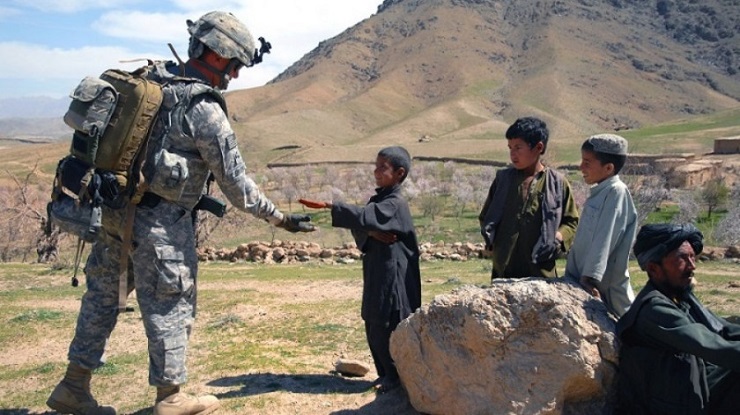While rolling out new strategies regarding strategically important regions in Asia is a US policy tradition, the fact that the latest ‘Central Asia Strategy’ document coincides with an imminent peace deal with the Taliban in Afghanistan shows that the cardinal purpose of the US’ war in Afghanistan, which was to maintain a strong military presence and geo-political influence in the region, remains very much alive, although its contours and means of accomplishment have changed due to military defeat in Afghanistan. Accordingly, while the main purpose of this strategy remains the same, the US would no longer be relying on its military prowess to browbeat the region into its zone of influence and thus use the situation to its advantage vis-à-vis its strategic rivals i.e., China and Russia.
While presenting the new strategy, Lisa Curtis, deputy assistant to the US president and senior director for South and Central Asia at the National Security Council, said that continuous “shifts” in the region i.e., the rise of China and Russia as two serious US competitors, have forced the US leadership to rethink its Central Asia strategy, and the broad purpose of this strategy would remain countering the “deepening Chinese influence” and “robust Russian influence in all spheres.” To do this, the US would provide strong “support for the independence, sovereignty, and territorial integrity of all the Central Asian nations.”
While this may sound nonsensical to contend that the Central Asia states are not ‘sovereign’ and ‘independent’ —as if the fall of the Soviet Union never happened— it does signify in a powerful fashion what the US will be trying to accomplish in the region by selling the threat of an imaginary ‘Russian military takeover of the region’ in its bid to re-create the Soviet Union; hence, in the US calculation, the increasing need for an enhanced US ‘cooperation’ with the CA states.
Accordingly, the flag mechanism of US cooperation with the CA states, named as 5+1, excludes Russia and/or China. In many ways, this so-called enhanced cooperation is meant to create hurdles and controversaries around the regional connectivity projects of Russia and China i.e., the Eurasian Economic Union and Belt and Road Initiative. Lisa Curtis minced no words when she said:
“China’s providing infrastructure, assistance, much needed development assistance. But the only thing that we are concerned about is that this infrastructure financing remains transparent. That we don’t see countries getting over-indebted and thus losing their sovereignty. So that is the kind of thing we’re concerned about.”
As such, besides offering this ‘sovereignty’ and ‘transparency’ and US investments in the CA states, the US also wants to use its relationship with these countries to achieve, what the document calls, “our own national security interests and contribute to the defense of our homeland, citizens, and interests abroad. Close relations and cooperation with all five countries will promote U.S. values and provide a counterbalance to the influence of regional neighbors” i.e., Russia and China.
To what extent, however, the US will be able to materialise its objectives is a moot question; for, the “shifts” the US officials have been referring to may not be so big as the US policy makers seem to think and project, and a number of CA states primarily remain weary of deep US presence in their economic and political structures.
In fact, the US itself has a strong realisation that they cannot actually roll-back Russian influence from the CA states. Curtis said that “Russia has always had a tremendous amount of influence in this region. We don’t expect that to change. We’re not trying to match that. We just want to be present. We want to provide alternatives for the countries.”
By providing “alternatives”, obviously the US does not simply want to be just one player in the region, it aims to completely redefine its relations with the CA states in the wake of a military exit from Afghanistan and search for new avenues of exerting influence and creating geo-political nuisances in the region close to its chief rivals.
There is no denying the fact that the primary importance of the CA states for the US stems from the region’s territorial proximity to Russia and China, and it is this geographical factor that not only makes the region attractive for the US, but also makes it a hard nut to crack due to the overwhelmingly close cultural and historical ties with Russia. It is perhaps for this reason that the US remains far less financially and politically committed to the CA states than China and even Russia.
Salman Rafi Sheikh, research-analyst of International Relations and Pakistan’s foreign and domestic affairs, exclusively for the online magazine “New Eastern Outlook”.

